Struggling to keep track of your business expenses can lead to headaches and financial woes. A report by Certify revealed that businesses lose an average of 5% of annual revenue due to disorganized expense reporting.
Fear not, this blog post will guide you through the process of crafting an effective expense report, ensuring transparency and faster reimbursements.
Key Takeaways
- Including your name, department, and contact information ensures accurate processing of the expense report.
- Listing itemized expenses with purchase dates and attaching receipts helps in documentation and record-keeping.
- Clearly stating the purpose and actual cost of each item provides transparency and accountability.
- Calculating the total amount spent allows for accurate budgeting and financial analysis.
Understanding How to Create an Expense Report
To create an effective expense report, start by including your name, department, and contact information to ensure proper identification. List all itemized expenses with purchase dates and attach receipts for documentation.
Provide the total amount spent along with the purpose and actual cost of each item. Clearly state the repayment amount sought and leave space for approval before submission.

Name, department, and contact information
Adding your name, department, and contact information is pivotal in any expense report. This basic data ensures that the report gets processed accurately and efficiently. Your name ties the expenses directly to you for accountability purposes.
Meanwhile, adding your department helps distinguish costs across various parts of an organization. Lastly, providing contact details allows the accounting team or management to quickly reach out if they have questions or require further clarification about a reported expenditure.
It’s essential to double-check these fields for accuracy to prevent complications in reimbursement processes later on.
List of itemized expense names
In an expense report, it is essential to include a comprehensive list of itemized expense names. This means providing detailed information about each expenditure that was made during a specific period.
By listing the expense names, you can clearly communicate what the money was spent on and ensure accurate record-keeping. It also helps in categorizing different types of expenses for better organization and analysis.
Including itemized expense names in your report demonstrates transparency and accountability, allowing for easier tracking and evaluation of spending patterns.
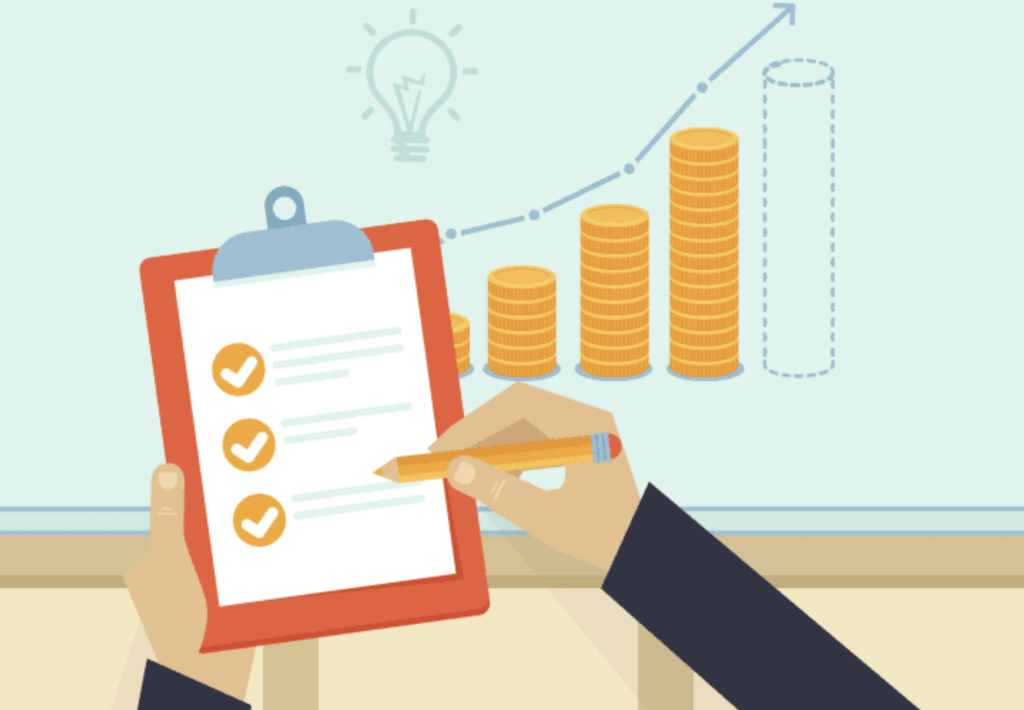
Date of purchase for each item
Include the date of purchase for each item in your expense report. This is important for accurate record-keeping and financial analysis. Be sure to list the specific dates when you made the purchases, as this information helps to track expenditures and budget effectively.
By including the date of purchase for each item, you provide transparency and accountability in your expense reporting process.
Receipts
Include all relevant receipts when creating an expense report. Each receipt should clearly show the name of the item purchased, the date of purchase, and the amount spent. Having receipts on hand provides proof of your expenses and ensures accuracy in your report.
By including receipts, you can easily track and categorize your expenditures, making it easier for approval processes and reimbursement requests.
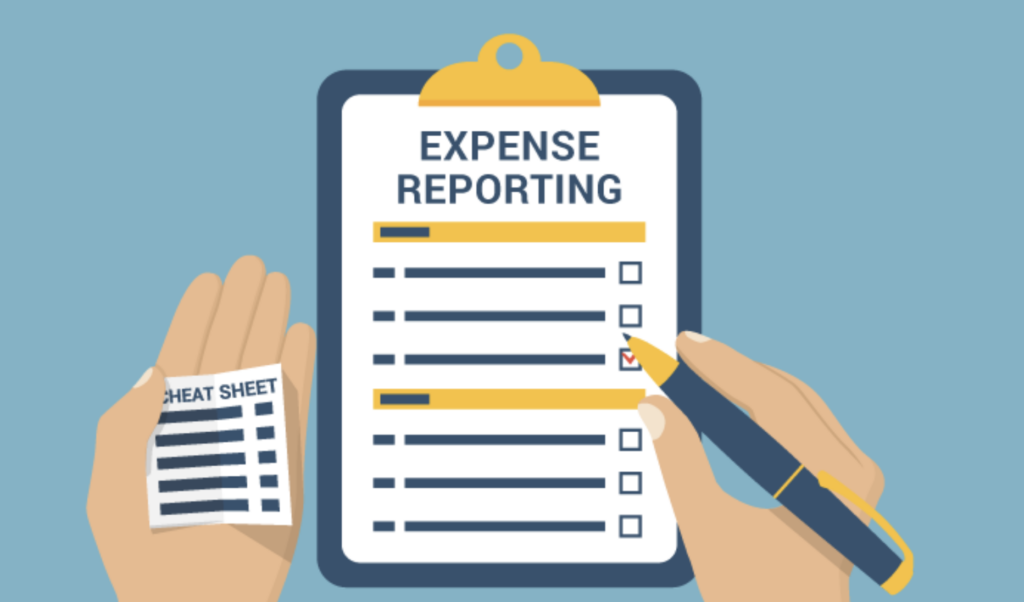
Total amount spent
Calculating the total amount spent is a crucial step in creating an effective expense report. It involves adding up all the expenses incurred during a specific period and determining the overall cost.
This allows for accurate record-keeping and provides valuable insights into budgeting and cost control. By including the total amount spent in your expense report, you provide transparency and accountability, ensuring that all expenses are accounted for and properly documented.
Purpose of the expense
The purpose of the expense section in an effective expense report is to provide a clear explanation for each expenditure. This helps the approver understand why the expense was necessary and ensures transparency and accountability within the organization.
By clearly stating the purpose of each expense, whether it be for travel, supplies, or client meetings, it becomes easier to track spending patterns and make informed decisions regarding budgeting and cost control.
Additionally, having a detailed record of expenses allows for accurate financial analysis and aids in preparing comprehensive financial reports.
Actual cost of item
Record the actual cost of each item in your expense report. This includes the exact amount you paid for each expenditure. Be sure to include any taxes or fees associated with the purchase as well.
Providing accurate and detailed information about the actual cost of items will help ensure transparency and accuracy in your expense report.
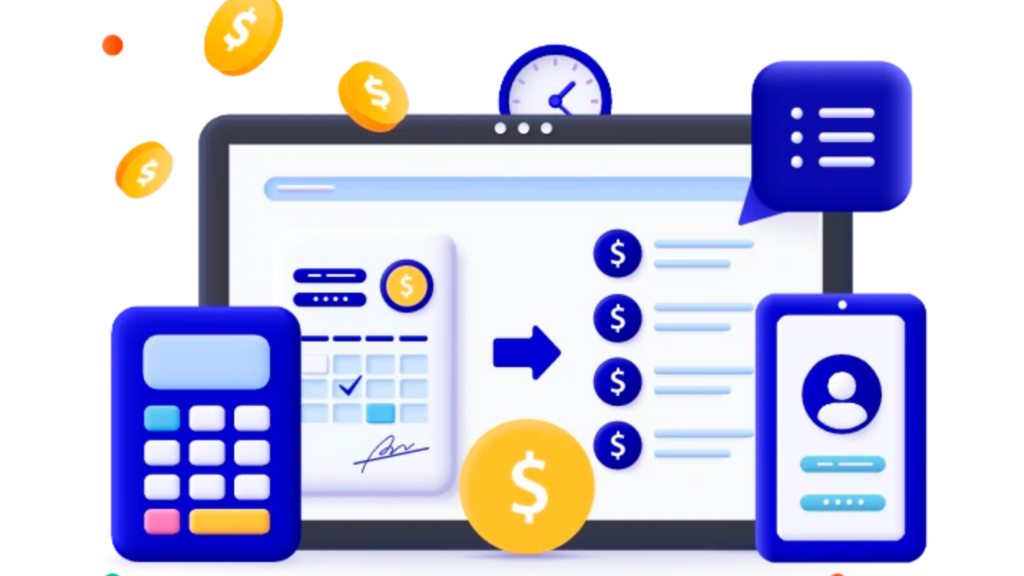
Repayment amount sought
When filling out an expense report, it is important to clearly state the repayment amount sought. This refers to the total sum of money that the employee is requesting to be reimbursed for their expenses.
Specifying this amount helps streamline the reimbursement process and ensures that all expenditures are properly accounted for. It is crucial to accurately calculate and include all eligible costs to receive timely and accurate reimbursement.
Keeping track of receipts and supporting documentation will also aid in justifying the repayment amount sought. Overall, providing a clear and detailed repayment amount sought will contribute to a smooth expense reporting process.
Space for approval
Include a designated space for approval in your expense report. This allows the relevant individuals, such as supervisors or finance departments, to review and authorize the expenses before reimbursement.
Having this space ensures that all expenses meet the required criteria and helps maintain transparency and accountability within your organization’s financial processes.
Benefits of Using an Expense Report
Using an expense report offers benefits such as organized and accurate record-keeping, improved reimbursement processes, and increased transparency and accountability.
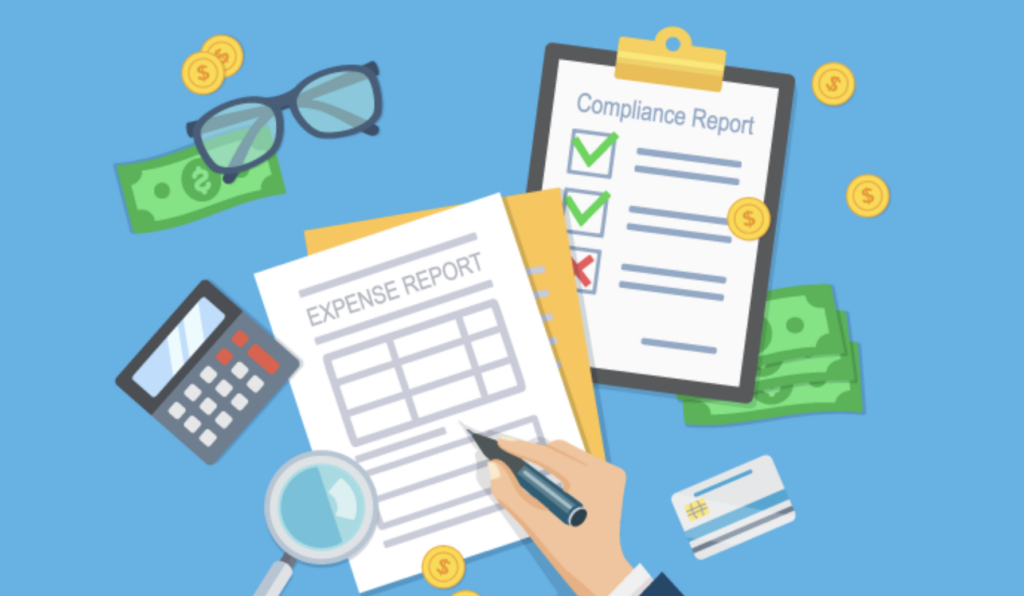
Organized and accurate record-keeping
Maintaining organized and accurate record-keeping is a crucial aspect of creating an effective expense report. By clearly documenting all expenses, you can easily track and reference them when needed.
This ensures that your financial records are complete and reliable, providing transparency to management or auditors. Accurate record-keeping also helps in budgeting and analyzing spending patterns, allowing you to identify areas for cost control or optimization.
Using categories or tags can further simplify the process by grouping related expenses together, making it easier to generate reports for specific periods or projects.
Improved reimbursement process
To streamline the reimbursement process, an effective expense report plays a crucial role. By accurately documenting all expenses and providing clear details, you can expedite the reimbursement process and ensure that you are compensated promptly.
Additionally, an organized expense report allows for easier verification of expenses and fosters transparency between employees and employers. With improved accountability in place, companies can efficiently manage their finances while ensuring fair reimbursement for business-related expenditures.
Transparency and accountability
Transparency and accountability are essential aspects of crafting an effective expense report. By providing clear and detailed information about each expense, you demonstrate transparency in your financial transactions.
This includes itemizing the expenses, mentioning the date of purchase, attaching receipts, specifying the purpose of each expenditure, and indicating the actual cost of items. Additionally, by seeking approval for your expenses and including a space for it in the report, you showcase accountability.
Adhering to these principles not only ensures accurate record-keeping but also enables others to review and verify your expenses easily.
Tips for Crafting an Effective Expense Report
To craft an effective expense report, it is important to determine which expenses to include, provide all necessary details, keep receipts and documentation, use templates or software, and review before submission.
Learn more about these tips for creating an organized and accurate expense report.

Determine which expenses to include
When crafting an effective expense report, it is important to determine which expenses to include. This means carefully evaluating each expenditure and deciding if it is necessary to include in the report.
Only include expenses that are directly related to the purpose of the report and align with company policies and guidelines. By being selective about what expenses to include, you can ensure that your report accurately reflects your business expenditures while avoiding any unnecessary or inappropriate entries.
Include all necessary details
Include all necessary details in your expense report to ensure accuracy and transparency. This includes providing your name, department, and contact information for easy identification.
Each item should be listed with its corresponding date of purchase, along with the receipts as supporting documentation. Clearly state the purpose of each expense and provide the actual cost of each item.
Don’t forget to include the total amount spent and the repayment amount sought. Leave space for approval by relevant parties to streamline the process. By including all necessary details, you can create a comprehensive record that facilitates smooth reimbursement and financial analysis.
Keep receipts and documentation
To create an effective expense report, it is crucial to keep all receipts and documentation. These serve as proof of your expenses and ensure accuracy in the reimbursement process.
By retaining receipts, you can easily justify each expenditure and verify the amount spent on each item. Additionally, having proper documentation provides transparency and accountability, allowing for a smoother approval process.
Be sure to organize your receipts diligently and attach them to your expense report when submitting it for review.
Use expense report templates or software
Expense report templates or software can be incredibly helpful in streamlining the process of creating and organizing expense reports. These tools provide a pre-designed format that includes all the necessary fields, making it easy to input information such as itemized expenses, dates of purchase, receipts, total amount spent, purpose of the expense, actual cost of items, repayment amounts sought, and approval space.
By using these templates or software, you can ensure consistency and accuracy in your expense reports while saving time and effort.
With expense report templates or software, you no longer have to worry about manually designing a report from scratch or dealing with tedious calculations. These tools automatically calculate totals for you and categorize expenses based on predefined categories.
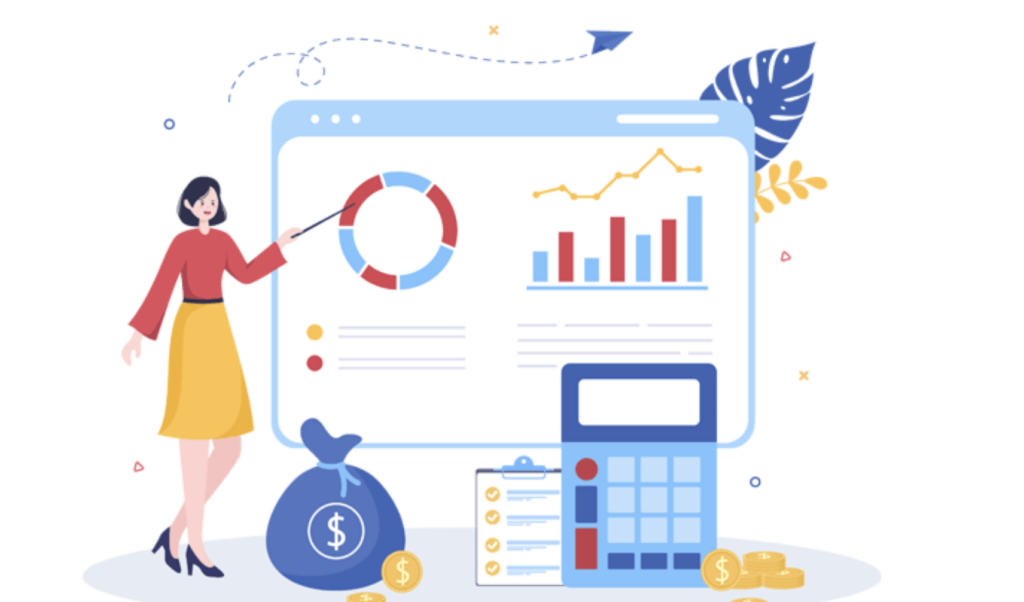
Review and double-check before submission
Before submitting your expense report, it is crucial to review and double-check all the information. This step ensures that everything is accurate and complete. Take the time to go through each section of the report, confirming that you have included all necessary details such as itemized expense names, dates of purchase, receipts, total amounts spent, and repayment amounts sought.
Additionally, ensure that your expenses are properly categorized and organized. By thoroughly reviewing your expense report before submission, you can minimize errors and increase the chances of a smooth reimbursement process.
Conclusion
Crafting an effective expense report is essential for accurate record-keeping, improved reimbursement processes, and transparency in business expenses. By including all necessary details, keeping receipts, and utilizing expense report templates or software, you can create a comprehensive and efficient report that ensures proper documentation of incurred expenditures.
Remember to review and double-check your expense report before submission to maintain accuracy and accountability. With these tips in mind, you’ll be well-equipped to streamline the expense management process and make informed financial decisions.
Frequently Asked Questions
What are the steps to create an effective expense report?
The steps to craft an efficient expense report include detailing and categorizing incurred expenditures in a specific period, using accounting software or templates, and organizing it properly.
Why is crafting a successful business expense report important?
Creating a comprehensive record of expenditures through an effective expense report is essential for financial reporting, expense management, and facilitates quicker approval processes.
Can I use Excel or Word to write my business expense reports?
Absolutely! Both Excel and Word offer suitable platforms for working up your structured records of expenses, including templates that can speed up the process.
How do I fill out an expense report effectively?
For effective results when filling out your business’ expenditure data, understanding the components of an expense report is crucial; this will help you detail expenses accurately while observing correct categorization rules.
Do you have any tips for creating successful reports on expenses?
Tips towards making impactful fiscal documents involve organizing and structuring information comprehensively: Prioritize accuracy in noting down details about every spending during specified periods-never leave anything unaddressed however trivial it seems!




